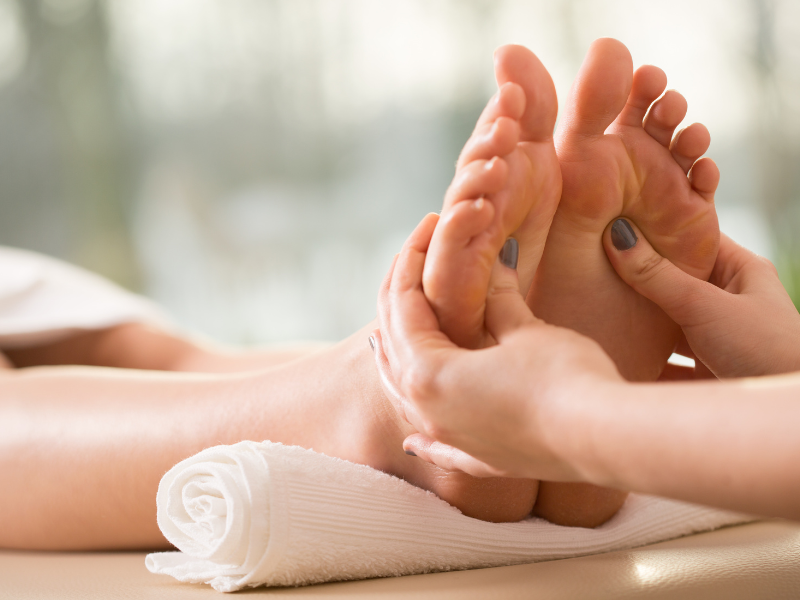
Reflexology, an old recovery practice that has stood the test of time, continues to astound the minds and soles of people worldwide. This alternative treatment is based upon the principle that particular factors on the hands, ears, and feet represent different organs and systems within the body. By applying pressure to these factors, experts intend to promote healing, alleviate stress, and recover balance to the body.
The Origins of Reflexology
While the exact origins of reflexology are debated, evidence suggests that comparable methods have existed for countless years across various societies. Old Egyptian burial places depict what seems foot massage therapies, while traditional Chinese medicine has long recognized the interconnectedness of different body components. The modern method of reflexology, however, was created in the very early 20th century by Dr. William Fitzgerald and later on fine-tuned by Eunice Ingham, usually described as the “mother of reflexology.”
Just How Reflexology Works
The essential concept behind reflexology is that the body is split into ten vertical areas, each corresponding to different organs and body components. By applying pressure to details points within these areas, reflexologists think they can influence the equivalent areas of the body. For example, the ideas of the toes are believed to correspond to the head, while the sphere of the foot is connected with the chest and lung area.
Possible Benefits of Reflexology
Proponents of reflexology declare a variety of benefits, consisting of:
Stress decrease and relaxation
Boosted circulation
Improved immune system function
Pain alleviation, particularly for migraine headaches and headaches
Improved rest high quality
Reduction of gastrointestinal problems
While clinical research study on reflexology is ongoing, lots of individuals report substantial enhancements in their overall well-being after obtaining treatments. It’s crucial to note that reflexology is usually thought about a complementary treatment and should not replace standard treatment.
What to Expect During a Reflexology Session
A regular reflexology session lasts between 30 to 60 minutes. The reflexologist will begin by analyzing your feet before applying pressure to specific points.
Self-Reflexology Techniques
While expert sessions can be useful, you can additionally practice some standard reflexology techniques in your home. Here are a few simple workouts to attempt:
Foot rolling: Roll a tennis ball or specialized reflexology sphere under your foot for a few minutes each day.
Thumb strolling: Use your thumb to “walk” along the soles of your feet, using stress as you go.
Hand reflexology: Apply stress to the facility of your hand utilizing your thumb from the contrary hand.
Incorporating Reflexology right into Your Wellness Routine
As with any new health method, it’s necessary to approach reflexology with an open mind and reasonable assumptions. While it may not be a magic bullet, many find that regular reflexology sessions or self-practice can be a beneficial addition to their general wellness routine. Whether you’re seeking tension relief, pain administration, or simply a minute of relaxation, reflexology offers a distinct strategy to nurturing your body and mind.
Bear in mind, if you have any health issues or are expecting, it’s constantly best to seek advice from with your medical care supplier before starting any brand-new treatment, consisting of reflexology. With its gentle method and capacity for advertising overall well-being, reflexology remains to be a popular option for those seeking an all-natural, holistic approach to health and health.
While the specific origins of reflexology are questioned, evidence recommends that similar practices have existed for thousands of years throughout numerous cultures. The contemporary technique of reflexology, nonetheless, was created in the very early 20th century by Dr. William Fitzgerald and later improved by Eunice Ingham, commonly referred to as the “mom of reflexology.”
The essential idea behind reflexology is that the body is separated into ten upright areas, each corresponding to different organs and body parts. As with any brand-new health method, it’s necessary to approach reflexology with an open mind and reasonable assumptions. Whether 派遣リフレ looking for anxiety relief, discomfort administration, or just a moment of relaxation, reflexology supplies a distinct method to supporting your body and mind.
